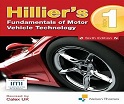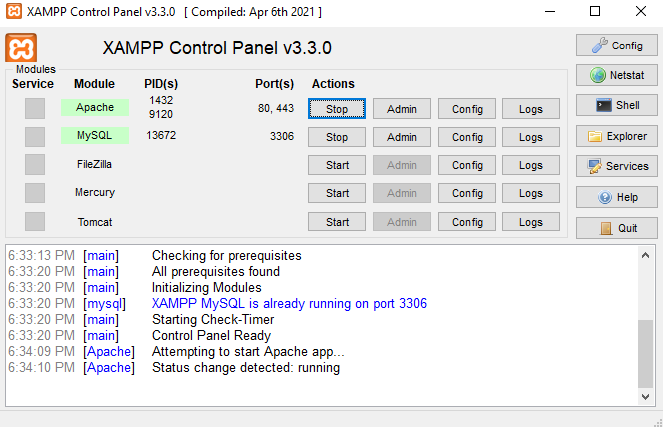
Hillier’s Fundamentals of Motor Vehicle Technology
A liquid lubricant, which is usually oil, can in fact be pumped around the engine. The flow of oil passing through the engine bearings and other components is therefore able to absorb heat from those components and carry it away. When the oil returns to a reservoir, it then passes the heat to the rest of the oil and then on to the reservoir container (an oil tank or ‘sump’ at the base of the engine). The reservoir or container then passes the heat to the atmosphere. Note that it is increasingly common to fit an oil cooler to modern engines, especially high performance engines. The oil cooler is effectively a radiator which is exposed to airflow; the heat within the oil being passed to the radiator body and then on to the air passing across the radiator.
When moving surfaces are completely separated by a film of liquid lubricant, the only resistance to motion is due to the viscosity of the lubricant. Viscosity is the property of fluids which causes them to resist flow: the greater the viscosity the greater the resistance. Thus the ‘friction’ in a well-lubricated bearing depends upon the viscosity of the lubricant. But the viscosity also influences the rate at which the lubricant is squeezed out from between two surfaces when load is applied, so the greater the lubricant’s viscosity, the greater its ability to withstand load. Hence the lubricant should have a high enough viscosity to withstand the maximum load to be carried without causing excessive resistance to movement.
The viscosity of lubricants decreases with increasing temperature; the extent of this change is measured by the viscosity index. A high index indicates a relatively small change in viscosity while a low index indicates a large change. The lubricant used should have a suitable viscosity at its normal operating temperature in the engine. This means that when the engine is cold, the viscosity will be unnecessarily high, leading to poor circulation of the lubricant and excessive friction (‘oil drag’), possibly even to the extent of making the engine difficult to start.






